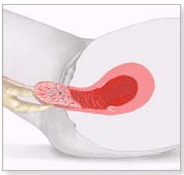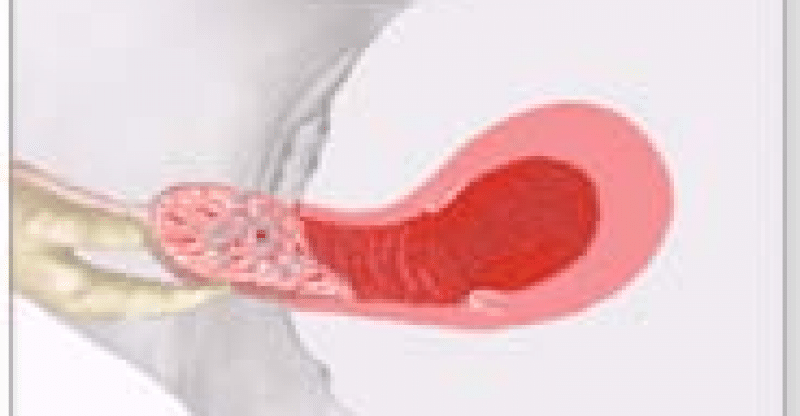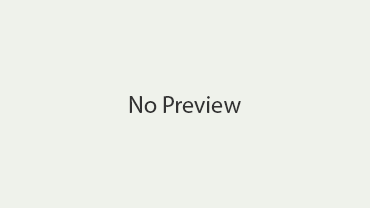Third Stage of Delivery

Delivery of the Placenta
You may even be asked to push one last time for this to happen and may feel a small gush of blood. Sometimes, your doctor, midwife or nurse may massage your lower abdomen to encourage your uterus to contract more to help expel the placenta. Occasionally, the doctor or midwife may pull the umbilical cord slightly with one hand, while pressing down gently on the top of your uterus.
Delivery of the placenta happens generally within about 5-30 minutes of your baby’s delivery. After the placenta slips out, your uterus will continue to contract, shrink and become firm, as a natural way to prevent further bleeding. Your doctor or midwife will examine the placenta to make sure it’s intact and any remaining fragments left inside your uterus must be removed to prevent bleeding, infection and possible hemorrhage. Over the next several hours, a nurse will check your uterus to make sure it’s firming up and that you’re not experiencing heavier-than-normal bleeding.
You may tremble and have chills at this point, or may become hungry or thirsty. You probably will feel a great sense of relief, but will likely be completely exhausted as well. Your doctor or midwife will examine your vagina and perineum, repairing any tears that may have occurred and stitching episiotomy (if you had one). You will receive a local anesthetic (if you are not numb already), to help make the repairs fairly painless. You may be offered cold compresses to apply to ease discomfort and reduce swelling. Your bleeding will be heavy, like a menstrual flow and is often called, “lochia”.
You may want your baby to be placed on your chest as soon as possible, to begin bonding and spending time together. You may try breastfeeding your new little one at this time, which can also help tighten your uterus and decrease bleeding, because breastfeeding releases oxytocin. Congratulations! Now you’re on to the next stage: the rewarding stage of motherhood!
More on Labor and Delivery
Signs of Labor
Preterm Labor
Preterm Complications
Preterm Labor Causes
Preterm Prevention and Treatment
First Stage: Phase I
First Stage: Phase II
First Stage: Phase III
Second Stage
Third Stage
Induction of Labor
Induction of Labor Procedures
Labor Induction Risks
Do It Yourself Labor Induction

